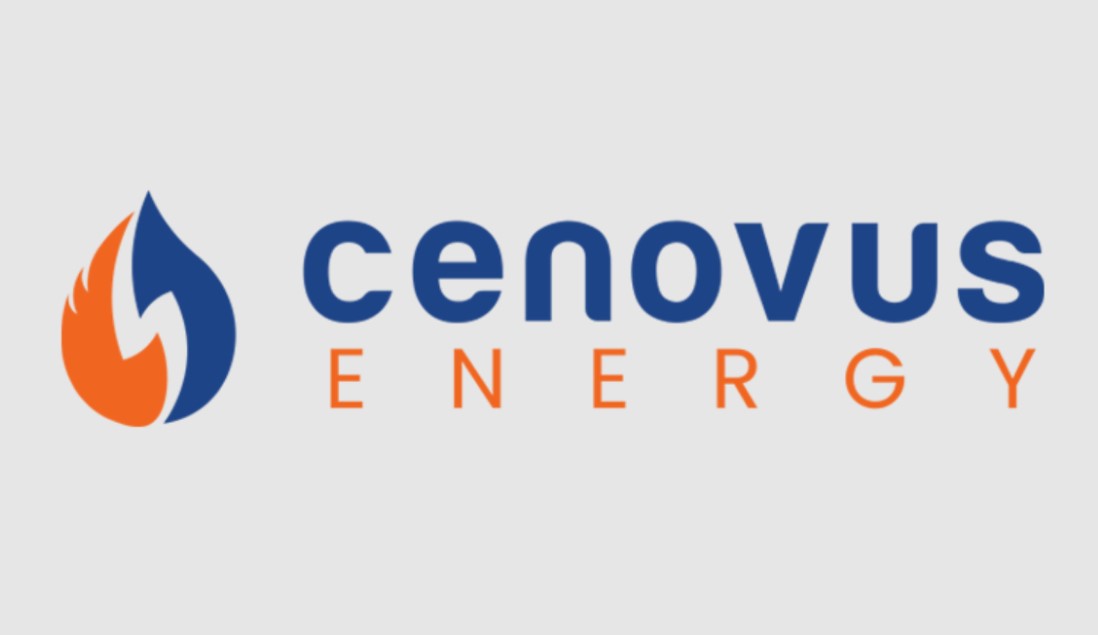In the ongoing saga of negotiations between the “Big Three” automakers and the United Auto Workers (UAW) union, Ford Motor Co. (F:NYE) has taken a significant step by presenting a revised offer to the UAW on August 31. This move comes as Ford seeks to address the concerns raised by the UAW and make amends. This article will highlight the details of Ford’s stock forecast, its revised offer, and the implications it holds for both the company and its employees. We’ll also explore the lingering uncertainty surrounding potential strikes and the broader landscape of labor negotiations in the auto industry.
Ford’s Bid for Resolution:
Ford CEO Jim Farley has characterized the revised offer as “generous.” This description encompasses several key provisions that are aimed at addressing the UAW’s concerns. The offer includes significant pay increases, the elimination of the wage tier system, and an expedited path to reaching the highest wage scale for workers.
The Revised Terms:
Under the revised terms of the offer, Ford’s hourly workers are set to receive a substantial 15% increase in wages, accompanied by various other benefits. This boost would result in hourly workers earning an average of $92,000 in the first year, a notable increase from the $78,000 they received in 2022. Employees will enjoy health coverage valued at $17,500, along with extra benefits totaling up to $20,500 within the first year of implementation.
Furthermore, full-time permanent employees stand to gain up to $98,000 in wages, bonuses, cost of living adjustments, ratification bonuses, profit sharing, and overtime during the first year. Farley has emphasized that these terms are on par with those offered by other major players in the industry, such as Tesla (TSLA:NSD) and foreign automakers with U.S. operations.
Commitment to Growth:
Ford’s leadership, led by CEO Jim Farley, maintains that the revised contract terms are not just fair but also crucial for the company’s growth and investment plans. Farley is confident that both Ford and UAW employees can play pivotal roles in transforming the American auto industry.
Lingering Uncertainty: Strike Possibility
Despite Ford’s efforts to put forth a generous offer, UAW President Shawn Fain has dismissed it, citing concerns related to job security proposals, quality of life proposals, and retiree payout proposals. This rejection has left the possibility of a strike looming large.
Fain’s response to Ford’s offer included a somewhat sarcastic remark:
“I hope these shareholders know how to work on an assembly line because those are going to be the only people left to build cars come September 15.”
This statement underscores the tension between the two parties, with the UAW vowing to strike if revised contracts are not agreed upon by September 15.
Broader Implications: UAW’s Actions
It’s important to note that the UAW’s actions extend beyond just Ford. The union has also filed charges against General Motors (GM:NYE) and Stellantis (STLA:NYE), alleging unfair labor practices and negotiations conducted in bad faith. This indicates that the entire industry is experiencing a period of labor unrest.
Ford Stock Forecast:
The average price target for Ford stock is USD14.72 which shows an upside of 21.31%. This value spans as high as high as 20 USD and as low as 11 USD for September 2024.
Analysts Ratings:
Analysts rate F stock as a “Buy”. Stock Target Advisor’s analysts are Neutral, which is based on 6 positive signals and 7 negative signals. At the last closing, F stock price was USD 12.03. This price has changed by +0.59% over the past week, -9.28% over the past month, and -21.06% over the last year.
Looking Ahead:
Despite the immediate challenges posed by these labor disputes, industry analysts like Morgan Stanley’s Adam Jonas have pointed out that the UAW-related labor costs account for only a small fraction of the Big Three automakers’ global revenues. This suggests that, even in the face of tough negotiations, higher labor costs can be managed through careful strategies and capital discipline measures.
Jonas emphasizes that, in the long run, these short-term labor issues are less significant when considering the potential long-term benefits to shareholders. Thus, while the situation may appear uncertain today, there is room for optimism about the future of the American auto industry.













































